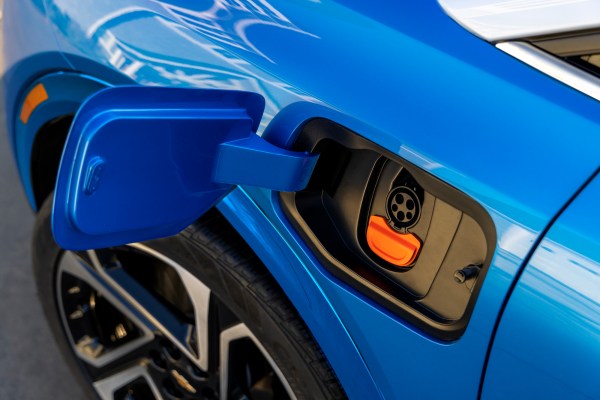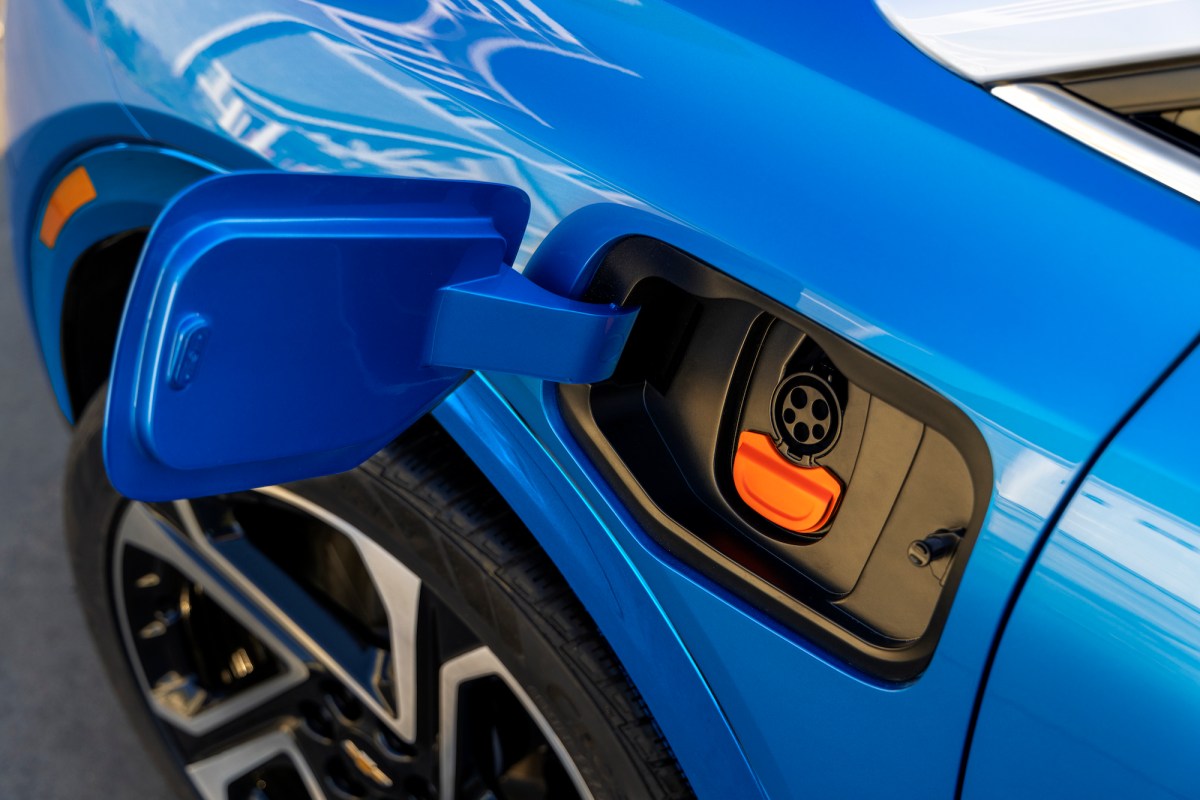Opportunities abound as new rules push EVs to the forefront

If there was any question as to whether the Biden administration is serious about the electrification of the U.S. economy, this week’s announcement of new automotive emissions regulations should put that to rest — along with any doubts investors have about where they should direct their investments.
The Environmental Protection Agency is proposing new rules that would take effect in 2027 and pave the way for a new vehicle market dominated by EVs. By 2032, two-thirds of car and light truck sales will have to be zero emitting along with 46% of medium-duty vehicles like delivery vans, half of all buses, and one-quarter of all heavy-duty trucks. The regulations are technology agnostic, meaning that green hydrogen vehicles would qualify, but in reality, the vast majority of those sales will be battery-powered.
The climate impacts promise to be significant. Just the light-duty emissions limits alone will slash 15.5% of U.S. carbon pollution, the EPA estimates.
The new regulations set targets that are significantly more stringent than those put forth in Biden’s 2021 executive order, which calls for 50% of light-duty vehicles to be electric by 2030. The other difference is the relative stickiness of the two. Executive orders can be easily rescinded by future administrations. EPA regulations, though, are harder to roll back once they’ve been implemented. States’ attorneys general and future administrations might try to sue or scale them back, but well-written, already implemented regulations are much harder to overturn.
The EPA was no doubt emboldened by actions taken in recent years by states and other countries to ban fossil fuel vehicles in the not-so-distant future. By 2035, polluting light-duty vehicles will be banned in several U.S. states and at least 20 countries, representing 25% of worldwide light-duty vehicle sales. (The agency literally devotes two paragraphs of the proposal to the trend.)
In other words, automakers have to be prepared regardless of what the EPA does. So why not make the move now so they have more certainty and are better positioned for success?
